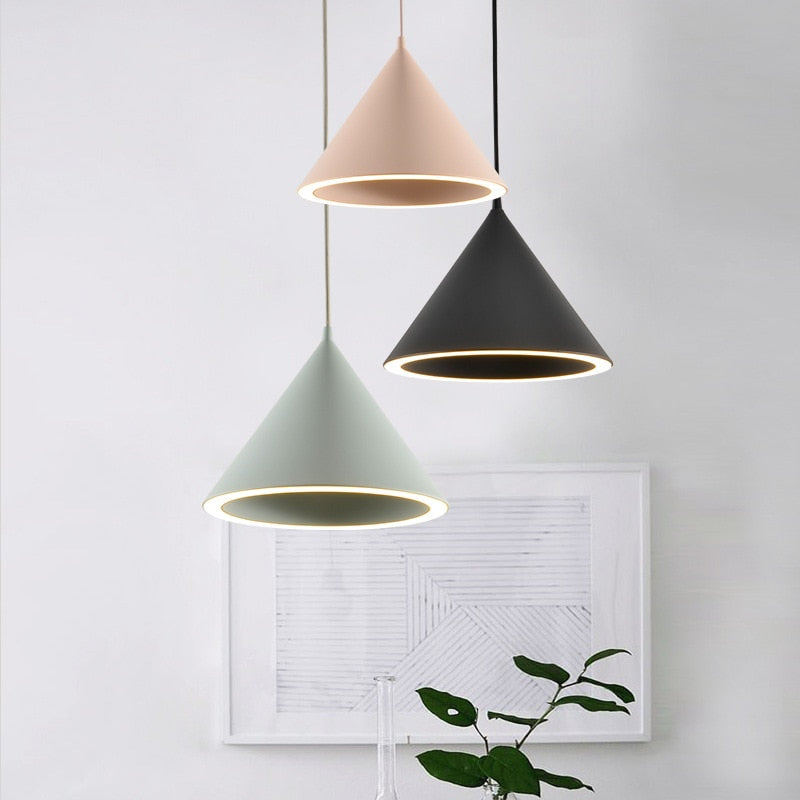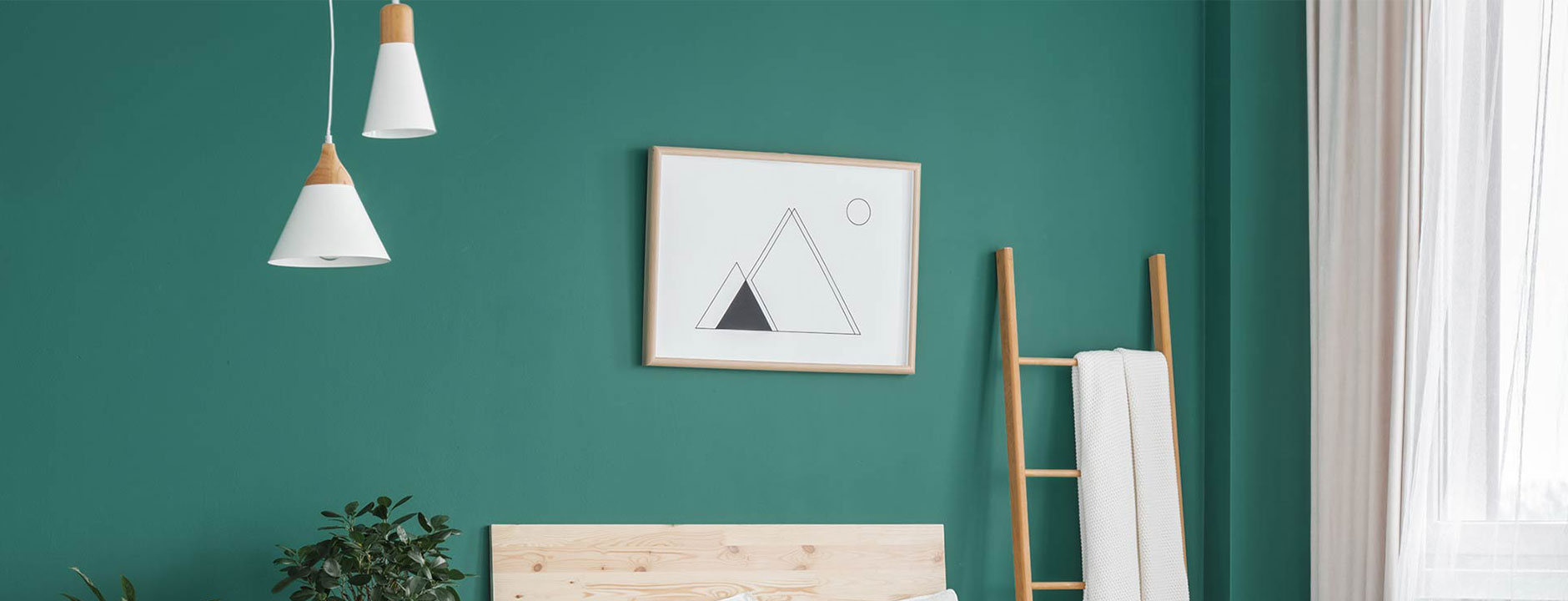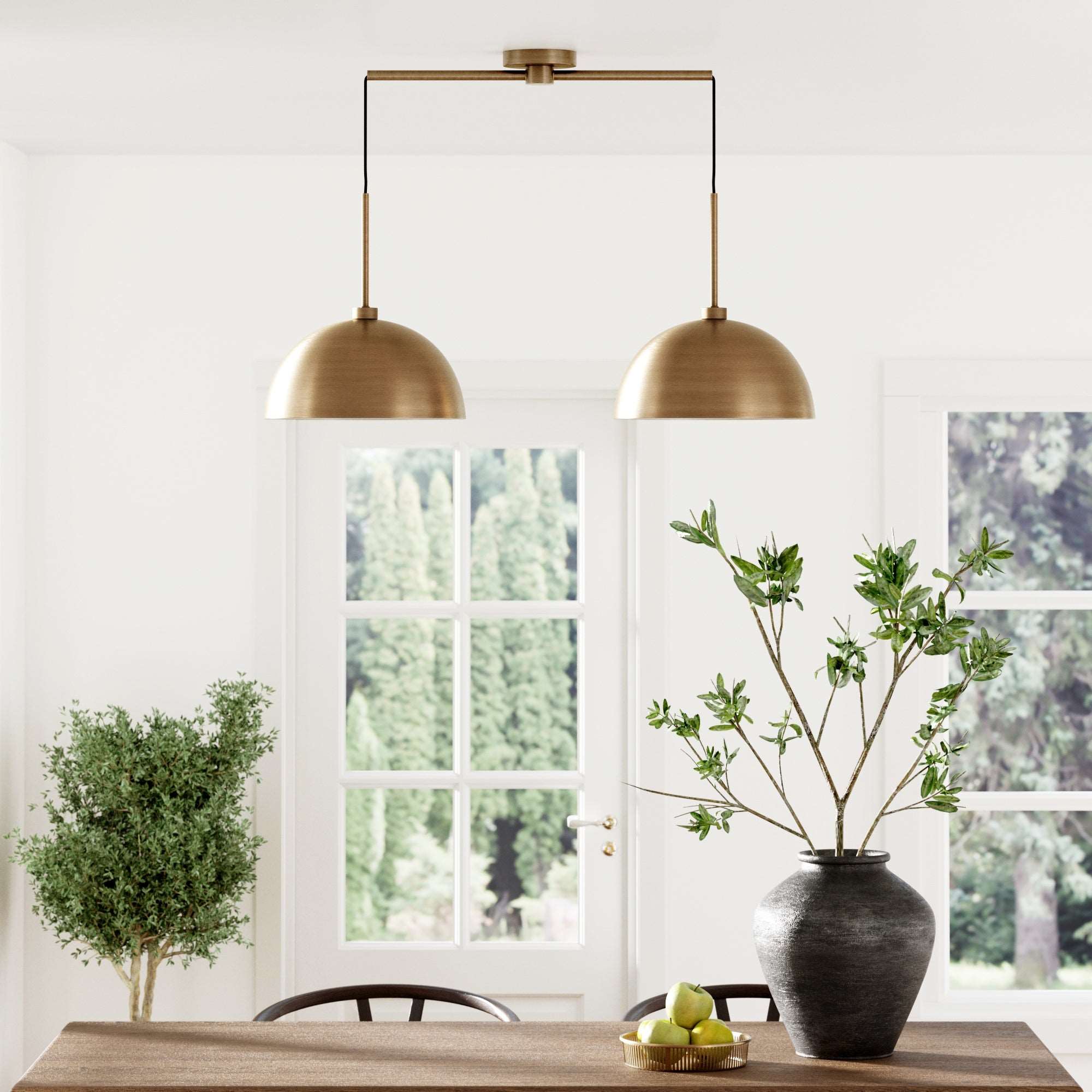How a Pendant Light Shapes Dining Experiences at Home
Wiki Article
A Comprehensive Guide to Putting Up and Maintaining Your Pendant Light
Setting up and maintaining a pendant light calls for careful preparation and implementation. Proper height dimensions can enhance both performance and layout. Important tools and a clear setup procedure are essential for an effective arrangement. Regular maintenance warranties durability and efficiency. Understanding these aspects can change a room. However, knowing where to begin might seem daunting. What steps should one focus on to attain the best results?Understanding Pendant Light Styles
While lots of home owners look for to enhance their areas with necklace lights, understanding the various styles available is essential for making an enlightened choice. Pendant lights are available in a wide variety of styles, each offering special visual and useful benefits. Standard pendant lights typically feature traditional shapes and materials, such as glass or metal, supplying an ageless charm. Contemporary styles, on the other hand, may incorporate bold shades and cutting-edge products to create striking prime focus.Industrial-style necklaces usually make use of resources like subjected bulbs and rustic finishes, ideal for lofts and modern-day settings. For an extra whimsical touch, vintage-inspired choices evoke fond memories with complex information and retro coatings. Additionally, minimalist styles focus on simplicity and tidy lines, attracting those who choose understated elegance. Understanding these varied styles permits house owners to choose pendant lights that not just matches their decor yet also offers their practical illumination needs properly.
Determining the Ideal Elevation for Your Pendant Light
Exactly how does one figure out the ideal elevation for a pendant light? To attain the finest functionality and visual appeal, a number of elements have to be thought about. Generally, a necklace light ought to hang 30 to 36 inches over a table to ensure ample lighting without obstructing views. In rooms with high ceilings, the fixture may be positioned somewhat greater to maintain symmetry.For kitchen islands, a height of 28 to 34 inches over the kitchen counter is normally advised, allowing for ample light coverage while keeping a welcoming atmosphere. In living areas, the necklace needs to be hung at a height that matches the bordering style and does not produce a hazard for individuals walking underneath it.
Inevitably, personal preference and room dimensions play substantial roles in identifying the best elevation. Testing various heights before last installment might aid achieve the desired effect and performance.
Tools and Products Needed for Installment
Effective installment of necklace lights calls for a particular set of materials and tools to ensure a smooth process. Necessary devices consist of a screwdriver, cord pole dancer, and a drill, which facilitate secure fixture attachment and proper wiring. A voltage tester is vital for validating safety and security by making certain that power is off prior to starting any type of electrical work.Along with tools, specific materials are necessary for installation. These consist of the necklace light fixture itself, electrical wiring, wire nuts for secure links, and placing hardware. A ceiling hook may additionally be required, depending on the component's style.
For included safety and benefit, a ladder will certainly aid within high ceilings, while a level guarantees that the light hangs evenly. Preparing these devices and materials in advance improves the installation procedure, making it a lot more effective and reliable. Appropriate preparation is necessary to attaining an effective pendant light installation.
Step-by-Step Installment Process
With the necessary devices and materials collected, the installation procedure for necklace lights can begin. The power supply ought to be transformed off at the circuit breaker to ensure safety. Next, the mounting bracket requires to be affixed to the electric box in the ceiling. After protecting it, the electrician's tape must be used to cover any kind of exposed cables.Following that, the necklace light's wires are linked to the corresponding cables in the ceiling: black to black (or red), white to white, and green or copper for ground. When the links are made, they ought to be safeguarded with cable nuts.
The necklace light can then be connected to the placing brace, ensuring it hangs at the wanted elevation. The light bulb is placed, and the power is transformed back on at the circuit breaker, allowing the new pendant light to brighten the room.
Maintaining and Cleaning Your Necklace Light
What actions should be taken to ensure the durability and visual allure of pendant lights? Regular maintenance and cleansing are important in protecting their appeal and functionality. Dust and dirt can build up on pendant lights, diminishing their sparkle. To cleanse, a soft, lint-free cloth or microfiber towel need to be used, together with a mild cleaner appropriate for the surface area product - Pendant Light. For glass or crystal necklaces, a glass cleanser can boost clarity without streaksIt is recommended to turn off the light and enable it to cool before cleaning. Additionally, inspecting the fixture for loose light bulbs or links occasionally guarantees safety and optimal efficiency. Changing bulbs consistently stops pressure on electrical components if relevant. Ultimately, keeping a risk-free atmosphere by preventing direct exposure to wetness can significantly extend the life of pendant lights. Adhering to these steps will maintain necklace lights looking their best while operating properly.
Fixing Common Necklace Light Issues
When pendant lights breakdown, numerous common concerns might arise, consisting of flickering light bulbs, inaccurate installment, and voltage changes. Identifying the source is essential for reliable troubleshooting and making certain peak performance. Attending to these problems promptly can boost the durability and functionality of necklace lighting components.Flickering Light Light Bulbs
Flickering light bulbs can be a source of frustration for home owners, typically signifying underlying electrical concerns or navigate here easy upkeep requirements. This sensation may stem from loosened bulb connections, where the bulb is not safely matched the socket, creating intermittent get in touch with (Pendant Light). Furthermore, defective or aging bulbs might flicker as they near the end of their life expectancy. An additional common cause is irregular voltage, which can emerge from problems within the electric system or straining circuits. Property owners must also look for harmed wiring, as this can result in flickering and position security dangers. Normal evaluations and timely replacements are essential to guarantee proper functionality and to keep a safe home atmosphere. Determining the source without delay can protect against further complications
Incorrect Installation Issues
Improper installation of necklace lights can bring about a variety of concerns that might look like those brought on by flickering bulbs. Common problems consist of loose wiring connections, which can interfere with the circulation of electrical energy and cause periodic lighting. Additionally, if the placing brace is not firmly secured, the pendant might hang unevenly, developing an unpredictable fixture that can trigger vibrations or noise. Incorrect light bulb kinds or power level can also add to efficiency problems, as incompatible light bulbs may not function successfully in the component. Finally, inadequate spacing from the ceiling can create shadows or lower light circulation, decreasing the desired impact of the pendant light. Recognizing and addressing these setup errors is crucial for accomplishing proper performance and aesthetic charm.Voltage Fluctuation Issues
Although necklace lights can enhance a room's ambiance, voltage changes can lead to considerable performance problems. These changes might cause flickering lights, minimized illumination, and even premature light bulb failing. To diagnose such issues, one need to first check the light's compatibility with the voltage supply. Utilizing a multimeter can aid measure voltage levels and recognize abnormalities. It may be required to check the electric system for loose links or damaged wiring if voltage issues continue. Sometimes, consulting a certified electrical contractor is recommended to ensure safety and security and conformity with neighborhood codes. Effectively addressing voltage fluctuations not only improves the performance of necklace lights yet additionally expands their life-span and boosts total lights top quality.Enhancing Your Room With Necklace Light Placement
Effective pendant light positioning can considerably boost a room by sticking to excellent elevation standards, ensuring the best illumination degree. Layering these lights with various other resources can produce a balanced atmosphere, highlighting centerpieces within the space. Accomplishing a harmonious look calls for mindful consideration of both the fixture's placement and its partnership with bordering components.Optimum Height Guidelines
When contemplating the excellent elevation for pendant lights, a general standard suggests hanging them about 30 to 36 inches over a counter top or table surface. This height enables optimum lighting while guaranteeing that the light does not block views or produce threats. In eating locations, necklace lights ought to be placed to improve the dining experience, usually around 28 to 34 inches above the table. For cooking area islands, preserving uniformity throughout multiple necklaces can create a natural look; spacing them equally and adhering to the recommended elevation enhances capability. It is necessary to consider ceiling height too, as higher ceilings might need changes to preserve symmetry and visual appeal. Correct height positioning significantly adds to the total ambiance of an area.Layering With Other Lights
As necklace lights are integrated right into a broader illumination layout, they can significantly boost the atmosphere of an area. Their convenience permits them to be layered with ambient, task, and accent lights, creating a harmonious equilibrium. As an example, integrating pendant lights with recessed lights can provide general illumination while highlighting certain locations. Job illumination, such as under-cabinet lights, can enhance pendants in kitchens, guaranteeing performance without giving up style. Accent lights, like wall sconces, can even more enhance the environment, accentuating art work or building attributes. By purposefully placing these lights, property owners can accomplish deepness and dimension, transforming a regular space into a perfectly brightened establishing that accommodates numerous activities and moods.Focal Factors and Equilibrium

Strategically positioned necklace lights can act as enchanting centerpieces within an area, attracting the eye and improving the total visual. When selecting pendant lights, it is essential to consider their shape, dimension, and color to assure they match the existing design. For example, a vibrant, oversized necklace can produce a striking focal point above a table, while smaller components may function better in collections to achieve a well balanced look. Additionally, positioning necklace lights at varying heights can include depth and visual passion to the area. Keeping balance with other components, such as furniture and wall surface shades, will make sure that the necklace lights see enhance the space without frustrating it. Thoughtful placement transforms the ambiance, creating a harmonious and welcoming atmosphere.
Regularly Asked Concerns
Can I Set Up a Pendant Light in a Recessed Ceiling?
The question of whether a pendant light can be installed in a recessed ceiling usually emerges. Typically, it is feasible with appropriate installing equipment, ensuring proper support and electric links for secure and effective setup.What Kind of Light Bulb Is Ideal for Pendant Lights?
When choosing bulbs for pendant lights, LED choices why not try this out are usually preferred due to their energy efficiency and durability. Furthermore, the shade temperature level must match the preferred atmosphere, with cozy white being a prominent selection for comfy setups.Are Necklace Lighting Safe for Outdoor Usage?

Exactly how Do I Select the Right Pendant Light Wattage?
Picking the appropriate necklace light wattage involves reviewing the room's size, desired illumination, and component compatibility. Normally, lower wattages match ambient illumination, while higher electrical powers offer task lighting, making sure functionality and visual charm.Can I Use a Dimmer Switch Over With My Pendant Light?
The concern arose whether a dimmer button could be used with a pendant light. Usually, if the light and light bulb work, a dimmer button can successfully enhance atmosphere and control brightness levels.
When pendant lights breakdown, a number of usual problems might occur, consisting of flickering light bulbs, inaccurate installment, and voltage fluctuations. Inappropriate installation of pendant lights can lead to an array of problems that might resemble those triggered by flickering light bulbs. Inadequate spacing from the ceiling can develop darkness or decrease light circulation, diminishing the designated result of the pendant light. Efficient necklace light placement can significantly boost a space by adhering to excellent height guidelines, making certain the right illumination level. When choosing bulbs for pendant lights, LED alternatives are typically liked due to their energy efficiency and durability.
Report this wiki page